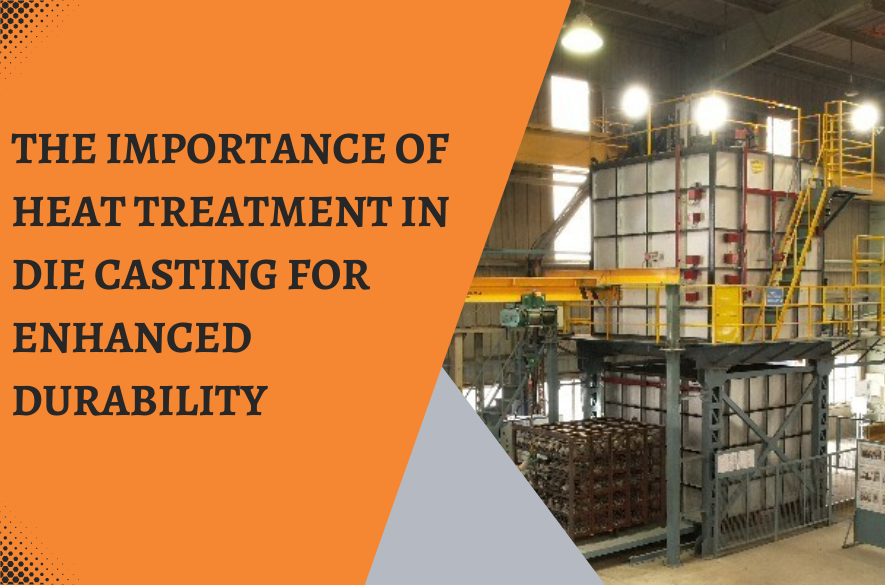
The Importance of Heat Treatment in Die Casting for Enhanced Durability
Die casting is one of the best methods used in metal manufacturing in terms of efficiency and reliability to develop quality components. On the other hand, maximum durability and performance are possible once heat treatment is carried out after the die casting process. Heat treatment alters the mechanical properties of the cast metal for its application.
Heat treatment is a heating and cooling process used to alter metals' physical and mechanical properties without changing their shape. In the case of die casting, strength, ductility, and wear resistance are significantly enhanced. Thus, heat treatment refines the internal stresses in die-cast components, improving life and performance.
T5 Heat Treatment
The purpose of T5 heat treatment process is primarily a stress-relieving. This process involves,
- Heating the part to a specific temperature (usually between 150°C and 210°C).
- Soaking at this temperature for a defined time.
- Slow cooling (often in air).
This process reduces internal stresses caused by manufacturing processes like casting or forming. Improves dimensional stability and machinability.
T6 Heat Treatment
The purpose of T6 heat treatment is to significantly increase strength and hardness. This process involves three steps,
- Solutionizing Heating the part to a high temperature (just below the melting point of the alloy) to dissolve alloying elements into a solid solution.
- Quenching Rapidly cooling the part (e.g., in water or oil) to "freeze" the dissolved elements in the structure.
- Artificial Aging Heating the part to a moderate temperature (typically 150°C to 210°C) for an extended period to allow the precipitation of fine, strengthening particles within the metal's microstructure.
T6 heat treatment substantially increases strength, hardness, and yield strength compared to the original material.
The T4 stress relieving is applicable for HPDC parts as it enhances uniform distribution of Silicon. Even silicon distribution in die cast parts is essential for achieving optimal mechanical properties, improved castability, enhanced corrosion resistance, and consistent performance. It is a critical factor in the production of high-quality die castings for various industries.
Some high-heat treatment-using industries are automobiles, aerospace, and consumer electronics. For example, most car parts, such as engine blocks and transmission housings, depend on the nature of strength realized during service operations to sustain extreme operating conditions.
Roots Cast Private Limited carry out T5 and T6 heat treatment processes. At Roots Cast, the Heat treatment furnaces and the processes are designed to be in compliance with the CQI 9 standards.